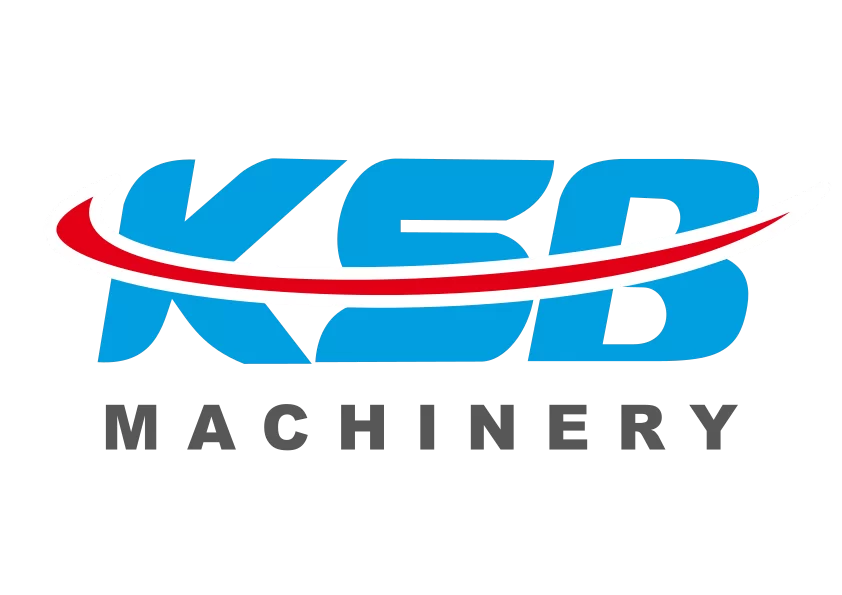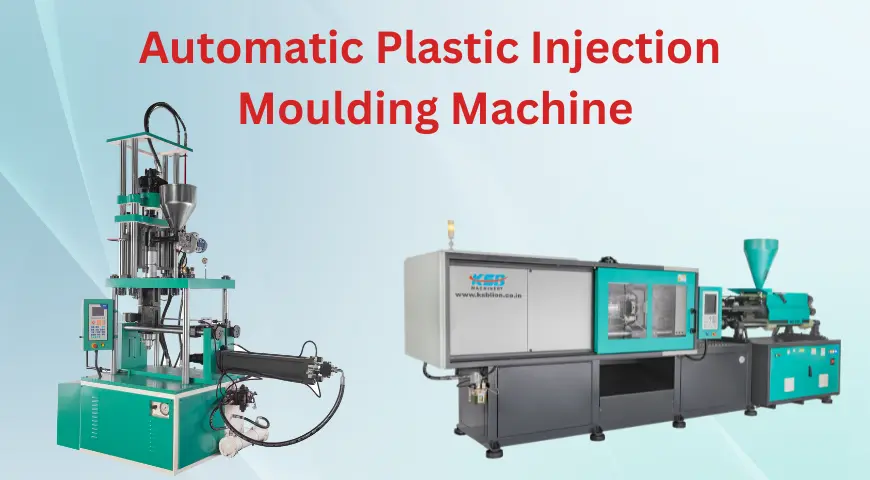Plastic injection parts are the by-products of machines used for injection molding. The primary molding tool for thermoplastics and thermosetting plastics is plastic mold. In this blog we will see What is the difference between Horizontal Molding Machine Vs Vertical Molding Machine?
The plastic is heated in the injection molding machine, which then presses heavily on the molten plastic to force it out of the mold cavity. There are two types of the molding machines: Horizontal molding machine and vertical molding machine.
The main distinction between the two alternatives is that the vertical mold operates perpendicular to the floor surface and moves up and down from side to side, despite using the same fundamental principle- injecting liquid plastic into a mold to harden and form the cavity-both types of injection molding have their own benefits.
The design and movement of the mold is the main distinction between vertical and horizontal injection molding. Mold clamping action occurs vertically and in an up-and-down motion during the vertical injection molding process. Along the same vertical plane are the injecting and clamping mechanisms. Each mold half moves sideways to unite when clamped horizontally during a horizontal injection molding process.
We will now examine each technique in more detail, along with its benefits and drawbacks.
Introduction to Vertical Plastic Injection Molding Machine
The two mold halves in vertical injection molding move vertically, up and down, opening and closing. Typically, the injection mechanism is found at the mold’s peak. The mold cavities are filled primarily by gravity and injection pressure. This can aid in consistency and filling time.
Equipment for vertical injection molding is built using rotary tables and open clamps. This enables the use of many molds and simultaneous pre-, injection-, and post-molding operations. The outcome is greater efficiency, increased production, decreased costs, and decreased need for manual operation and intervention.
Pieces do not automatically fall out of a vertical mold after being ejected, which is a significant distinction from a horizontal mold. You must remove pieces from vertical molds using a robotic arm or by hand.
Uses of Vertical Plastic Injection Molding Machine
Simultaneous Functioning: Multiple simultaneous operations are possible due to the design of vertical molds and their use of rotary tables, which allows for the simultaneous pre- and post-molding of components as they are being filled in two bottom halves one top half. This is particularly helpful for processes like insert molding or over molding where inserts or substrates must be loaded before resin injection.
Insertion and Over molding: The design of vertical molds makes them perfect for insert molding and over molding. Constructing inserts into the cavity or using other techniques to keep them in place is unnecessary because gravity naturally holds them in place.
Pros and Cons of using Vertical Plastic Injection Molding Machine
| Pros | Cons |
| Improved temperature distribution and material flow | It may take longer to remove parts manually. |
| Superior than older or more basic horizontal molding machines, especially for insert molding. | While being removed by robots or human workers, parts may sustain damage. |
| It is simple to operate manually and can be utilized with rotating tables to produce inlays and combo pieces. | Precision in removal timing is required, which is more challenging in a manual procedure. |
| The size of the machine is half that of horizontal molding machines. | The manual removal procedure may result in variable cycle times. |
| Because gravity plays a part in the operation, less pressure and clamping force is needed. | |
| The design of vertical injection molding machines is simple. | |
| The clamping cylinder, which has a little motor inside, is the key device. | |
| It can be applied to solid and hollow items as well as straight or curved molds. |
Introduction to Horizontal Plastic Injection Molding Machine
Although horizontal injection molding has traditionally been the more popular style, this does not necessarily mean it is better. We shall continue to analyse each method’s applications, advantages, and disadvantages.
The mold opens and closes along a horizontal axis during horizontal injection molding. This design necessitates consistent, accurate injection pressure to fill the mold cavities and ensure adequate packing and cooling. Because horizontal molds often have more cavities than their vertical counterparts, they can create more pieces in a single cycle. Additionally, parts from these molds spontaneously fall out of the cavity during ejection and don’t need to be manually retrieved because of the horizontal separation of the mold halves.
Uses of Horizontal Plastic Injection Molding Machine
- Best suited with cylindrical parts
- Usually employed for larger production runs
- Benefits of conventional molding without inserts or over molds.
| Pros | Cons |
| Effectiveness in parts manufactured per round | Insert molding is far more challenging and ineffective. |
| Hydraulic or electric options are additionally available because this sort of machines is more prevalent. | The size of the machines is bigger than that of vertical molding machines. |
| Constant cycles and nonstop operations | |
| Actualizes a range of shapes and increase injection molding efficiency. | |
| In large-scale production lines, the horizontal injection molding machine uses a clamping bar with vertical strokes to protect internal organs. |
ProsConsEffectiveness in parts manufactured per roundInsert molding is far more challenging and ineffective.Hydraulic or electric options are additionally available because this sort of machines is more prevalent.The size of the machines is bigger than that of vertical molding machines.Constant cycles and nonstop operations
Actualizes a range of shapes and increase injection molding efficiency.
In large-scale production lines, the horizontal injection moulding machine in India uses a clamping bar with vertical strokes to protect internal organs.
When Should you Prefer Vertical Plastic Injection Molding Machine
When creating a new product, one factor to consider is whether vertical or horizontal injection molding is best for it. While choosing vertical injection molding, consider the following points:
- Vertical injection molding is a more efficient, lower-cost procedure.
- The components are thicker and have better surface finishes.
- Greater product variety as a result of the quicker moud changes
- Shortens the production cycle
- Reduces the cost of creating and assembling a mold
- Maximizes volume in a constrained space and offers a quicker turnaround from design to tooling
When Should you Prefer Horizontal Plastic Injection Molding Machine
Since the invention of horizontal injection molding, it has become the more popular option, although this does not make it the undisputed winner. Finding a turnkey provider for your design may be made simpler by the increased usage of injection molding machines and the fact that they are more widespread in the molding business. It is a superior option for your molding operations at these times.
- Horizontal injection molding produces goods with more consistency and less significant variations across batches. Additionally, they are simpler to transport because they take up less vertical space.
- Although horizontal injection molding can be produced considerably more quickly, the quality might not be as good.
- The molds used in horizontal injection molding may be more intricate, which results in more intricate pieces.
Which Injection Molding Machine Should You Prefer?
The important thing is to consider the product you are making because each has its own pros and cons.
A reasonably popular injection molding machine on the market is the horizontal one. The horizontal injection molding machine is simpler to use, maintain, and get people to adopt. The horizontal injection molding machine has twice as much machine tool space as the vertical injection molding machine. Therefore, we typically select a horizontal injection molding machine to create products with a more extensive product area or pure plastic products.
Whereas, Vertical injection molding machine production requires additional labor.
To fully automate a vertical injection molding machine, a robot must be used to pick up components, which slows down the machine’s operation and decreases its productivity. However, a straightforward manipulator can remove each chamber of a plastic item, which is advantageous for the accurate molding. This enhances the mold’s precision.
Conclusion
In conclusion, it is evident that both vertical and horizontal machines play a crucial role in the process of injection molding. However, before deciding on the type of machine, it is important to carefully evaluate each step of your manufacturing process. Selecting a machine that aligns with your specific requirements is always preferable over making arbitrary decisions.
Horizontal injection molding machines are ideal for large-scale manufacturing lines, while vertical machines are well-suited for creating molds of various shapes and can even be used in smaller setups due to their ease of installation and operation.
If you’re looking for a reliable plastic injection moulding machine manufacturer in India, you can reach out to KSB Lions. They offer customization of plastic injection molding machines based on your unique needs. By listing your requirements, KSB Machinery LLP can help guide you in choosing the perfect vertical or horizontal molding machine for your operations.



